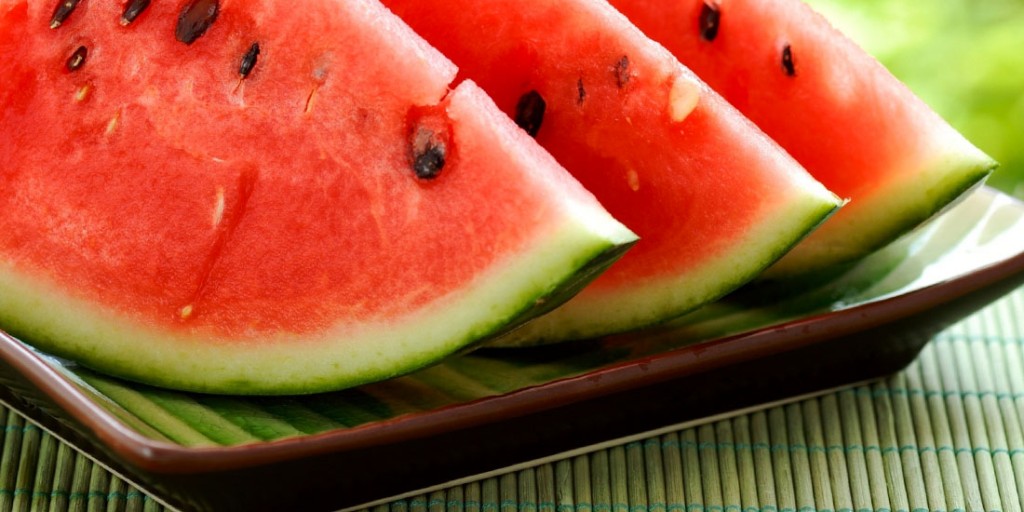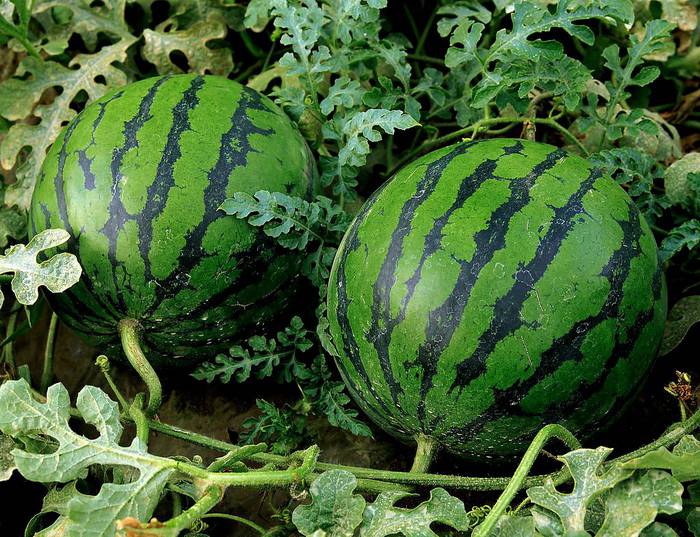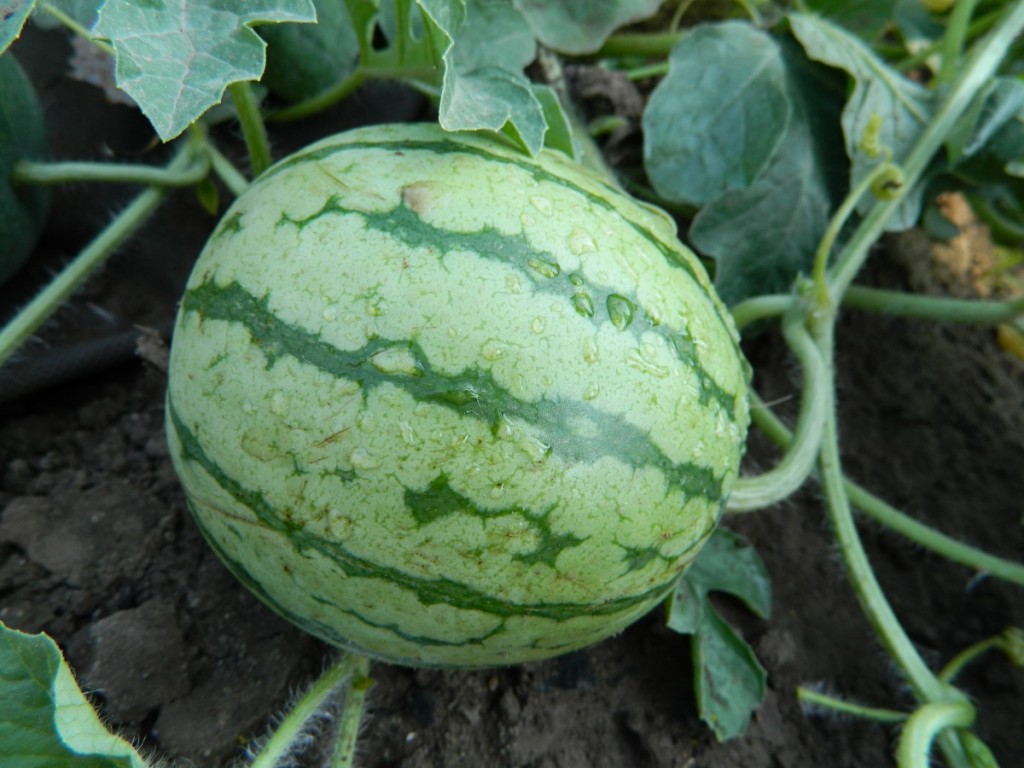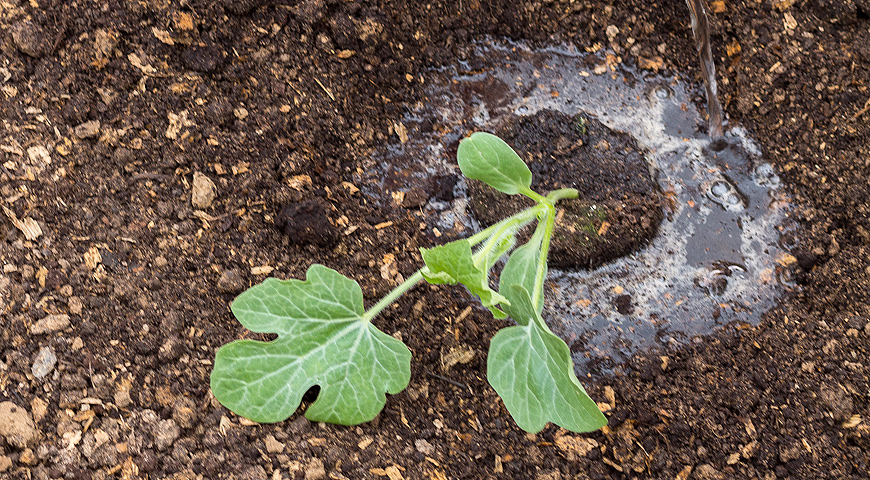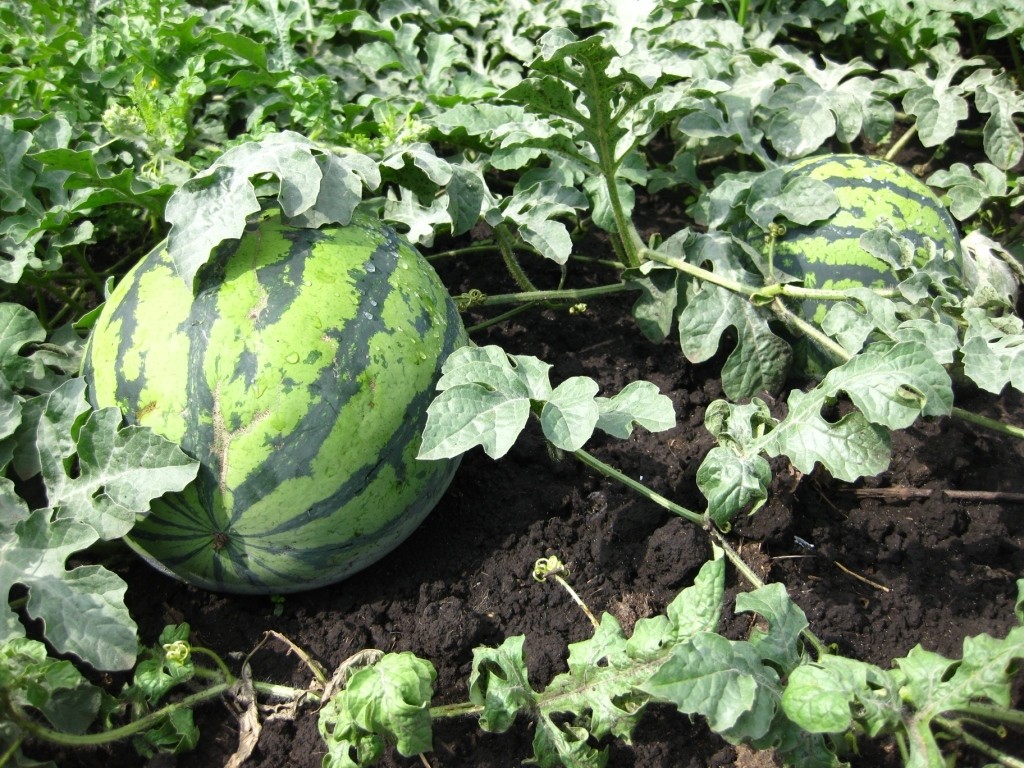Secrets and tricks of growing watermelon in the middle lane
Content
The best varieties
When growing your favorite berry, special attention should be paid to the choice of the variety. Early ripening varieties of watermelons are suitable for growing in central Russia. Large-fruited varieties can show their best characteristics when grown in the southern regions of the country, so we will not talk about them now. When studying the positive qualities of the variety, pay attention to the number of days from the appearance of fruit ovaries to the moment the berries are fully ripe.
For central Russia, those types of crops that have time to ripen in the proposed climatic conditions and at the same time boast sweet high-quality fruits are suitable. Indicators such as the size of the fruits, the degree of their transportability are not particularly important. The shape and color are of interest to those gardeners who plan to grow watermelons commercially.
What varieties are considered good for growing in the middle lane? Charleston near Moscow, Gift of the North F1, Pink Champagne F1, Krimstar F1 have excellent characteristics. Representatives of the Podmoskovny Charleston variety have a characteristic elongated fruit shape, are distinguished by early ripening periods, have a beautiful red pulp and dark green skin. These hybrids grow from 5 to 10 kg. For their cultivation, a universal method is used, which is also used for other types of watermelons. Watermelon Present to the north F1 has a rounded fruit shape, ripens quite early. Its flesh is bright red and the skin is green-striped. This hybrid can weigh from 5 to 10 kg.
Among the aforementioned varieties, there is a kind of Pink Champagne F1, which looks similar to the previous two with the difference that its fruits can weigh more than 10 kg. Until the full ripening of the Krimstar F1 watermelon, it takes from 73 to 89 days. It has excellent taste, has light green fruits with dark green stripes of medium width on the surface. The flesh of the berry has a dark red color. Fruit weight is 3, 9 - 4, 7 kg. Retains commercial qualities a month after harvest, shows resistance to anthracnose.
Optimum temperature
In the middle lane, a watermelon can only be grown in seedlings. This applies to all varieties of crops for the region. The growing period for seedlings is 30 - 35 days. In order not to damage the roots when transplanting into open ground, the seedlings are planted in pots with a diameter of about 10 cm, 2 plants each. Pre-soaking of seeds is carried out. In order for the seedlings to be even and appear at the same time, it is necessary to ensure the temperature regime for the seedlings at the level of 27 - 30 degrees Celsius.
The average temperature at the stage of seedling ripening is 20 - 25 degrees. On cloudy days, a slight decrease is permissible - in order to avoid stretching the plants. At night, temperature indicators are maintained at 18 - 20 degrees.There is no need to install additional lighting, since seeds for seedlings are sown late - in mid-April. The quality of seedlings can be improved by placing them on a glazed or insulated balcony. Do not forget about the obligatory feeding with complex mineral fertilizers. This is done twice. Seedlings ready for transplanting into open ground must be hardened. To do this, the daytime temperature is reduced to 15 - 17 degrees, and at night - up to 12 - 15 degrees. It is necessary to ventilate the plants.
Transplanting watermelons of all varieties from pots is carried out into open ground under a film shelter. In the middle zone of our country, it is recommended to do this in late April - early May. Since the daytime temperature during this period is kept at the level of + 15-20 degrees, and at night the thermometers do not drop below 5 - 10. Under the film these days the temperature will be above 30 degrees. Since the weather often worsens by mid-May, and sometimes frosts occur, experienced gardeners advise planting this thermophilic crop on the site between 15 and 20 May. Do not forget to listen to the weather forecast for these days, then the temperature readings will give you the opportunity to accurately determine the day of planting crops. Watermelon tends to cool itself. Therefore, it can tolerate air temperatures up to +43 degrees, and soil temperatures up to +63 degrees. Even on the hottest days, its leaves do not wither, like a pumpkin.
Video "Watermelons in the middle lane"
Moisture control
The optimal indicators of air humidity for normal growth and development of a favorite berry are called 45 - 60%. A combination of excessive soil and air humidity with low temperature indicators can negatively affect the growth of watermelon.
Of all the melons and gourds, it is the most capricious in this regard. If you neglect this recommendation and do not organize the necessary conditions for your favorite culture, as a result, you can get its disease with dangerous infections - anthracnose, Fusarium, Alternaria. It is especially important to control the moisture level during the flowering stage.
If its level is below normal, the watermelon will become poorly pollinated, as a result, the ovaries will fall off. Low humidity conditions are required for fruits during ripening. The moisture content of the soil on which the cultivation of watermelons is carried out directly depends on the stage of its development. The plant needs a lot of moisture during the period when it begins to grow intensively. If the crop does not receive enough moisture at this time, this will negatively affect the degree of its yield. During the growth and development of the plant, the soil moisture level should be 70 - 75%. At the stage of fruit ripening, this indicator decreases and is 65 - 70%.
Your favorite berry's need for a large amount of water decreases as the fruit finishes forming. A young plant needs about 200 ml of water per day. With the beginning of flowering, this amount is halved. On hot days, watermelons should be watered infrequently, but abundantly. On their backyards, gardeners irrigate young plants under the root with warm water - its temperature is + 22-25 degrees. For adult crops, water with a temperature of + 18-20 degrees is needed.
Protection from pests and diseases
Diseases and pests can cause great harm to the melons that we plant in our summer cottages. Diseases such as fusarium, anthracnose, powdery flour can cause a lot of trouble for crops. To protect against the emergence of diseases, the observance of correct crop rotations or fruit changes, the choice in favor of infection-resistant types of watermelons, help. Deep cultivation of the land is used, a merciless fight against weeds is carried out, phosphorus-potassium dressings are introduced into the soil, irrigation is carried out in dosages not exceeding the recommended ones.
As a preventive measure, they use the cleanliness of the areas adjacent to the plantings of watermelons. The remains of crops that have suffered certain diseases, other plant waste are collected in compost heaps, and they are etched with bleach. Pests - such as wireworm, melon ladybug, melon aphid and others - are usually destroyed by hand using special baits. Seeds are treated with apron powder at the rate of 3-5 grams per 1 kg of seeds. Bordeaux liquid or copper oxychloride is effective against anthracnose.
To ensure reliable protection of crops from fusarium wilting, foliar fertilizing with potassium nitrate or superphosphate extract, seed treatment with a solution of zinc or manganese sulfate is used. At the first sign of powdery mildew, bayleton is sprayed. Water suspension of EC karatan is also successfully used. If pests are found on plantings, it is advised to prepare a working solution from decis or few, sherpa. The processing is stopped one month before the start of the harvest. If an attack such as a gall nematode was found on the site, it is better to change it.
Video "How to Grow Watermelons in Mid Latitude"
In the video, you will learn how to properly sow, grow and harvest watermelons in central Russia.

